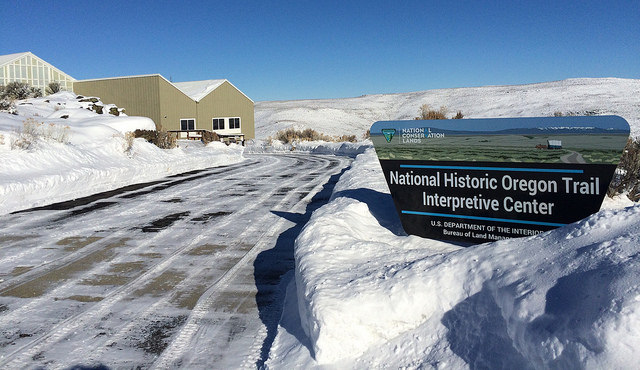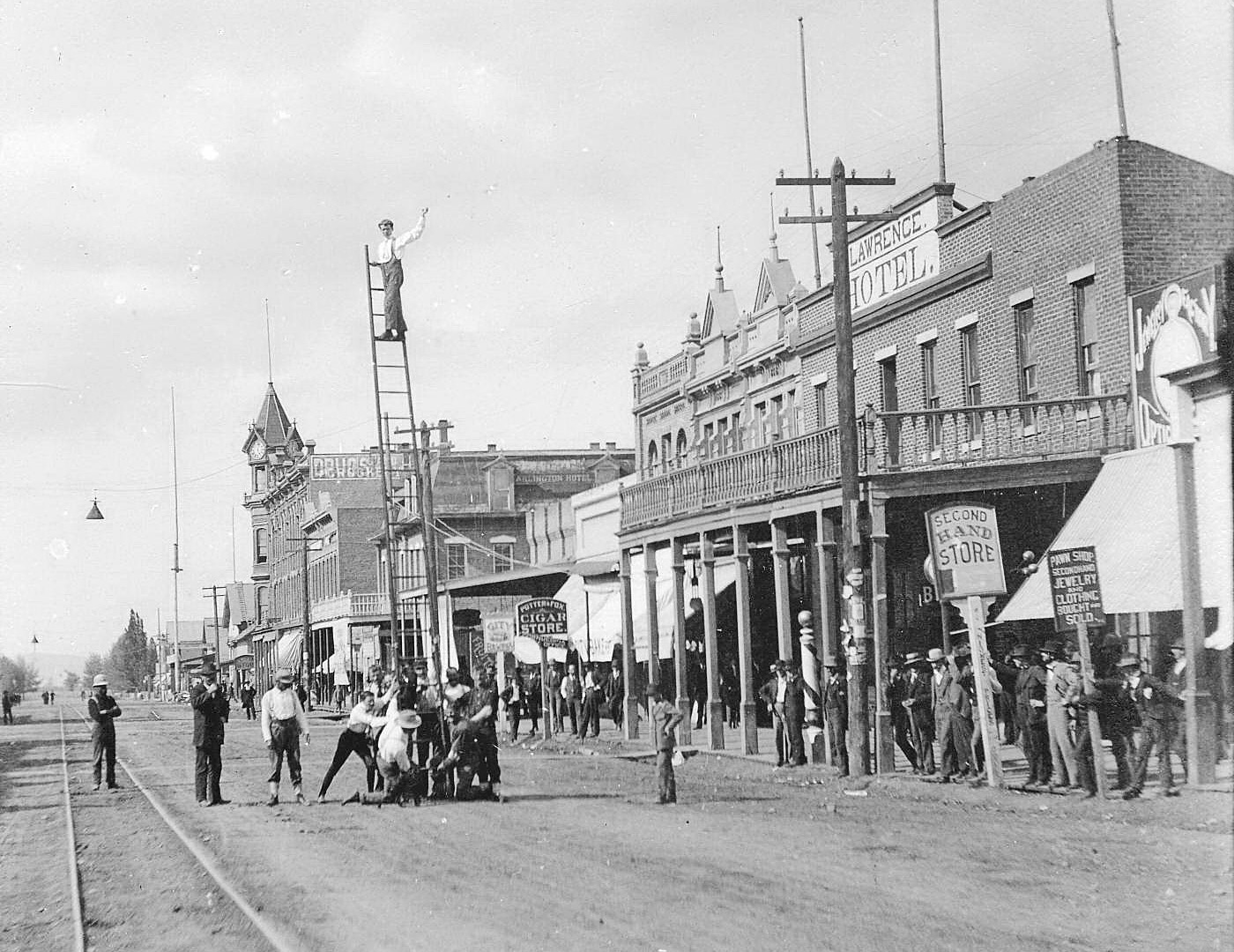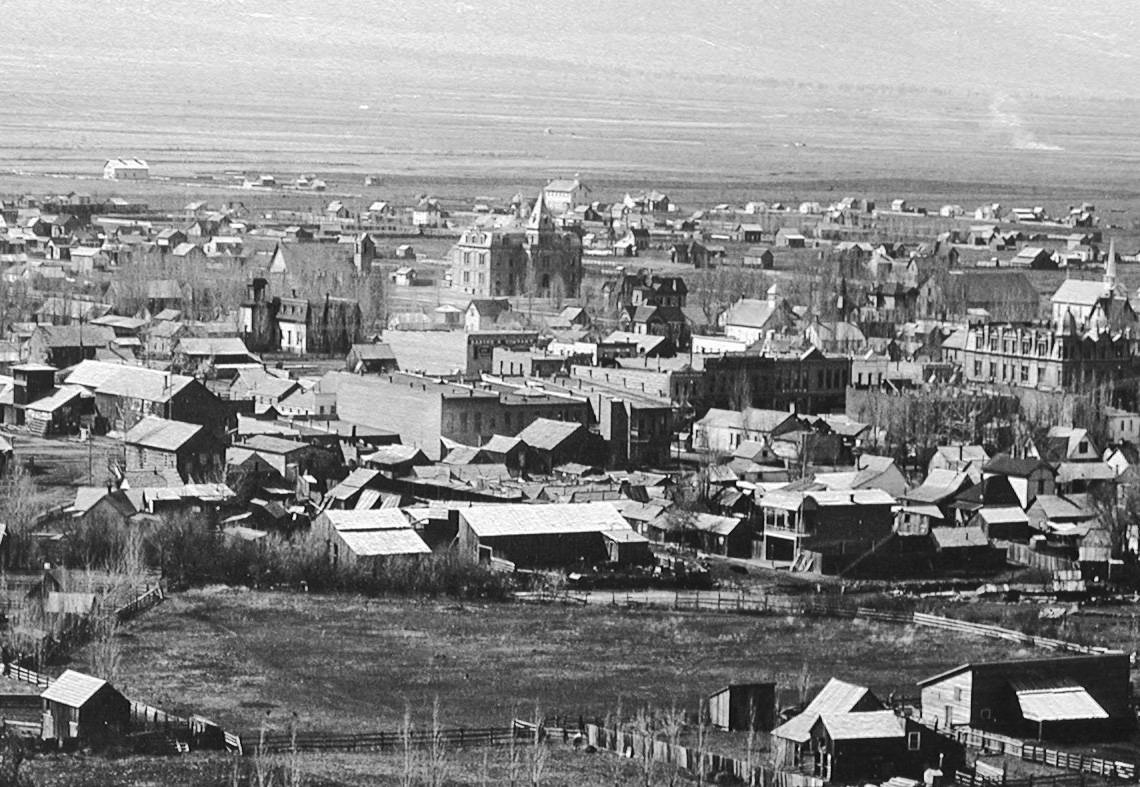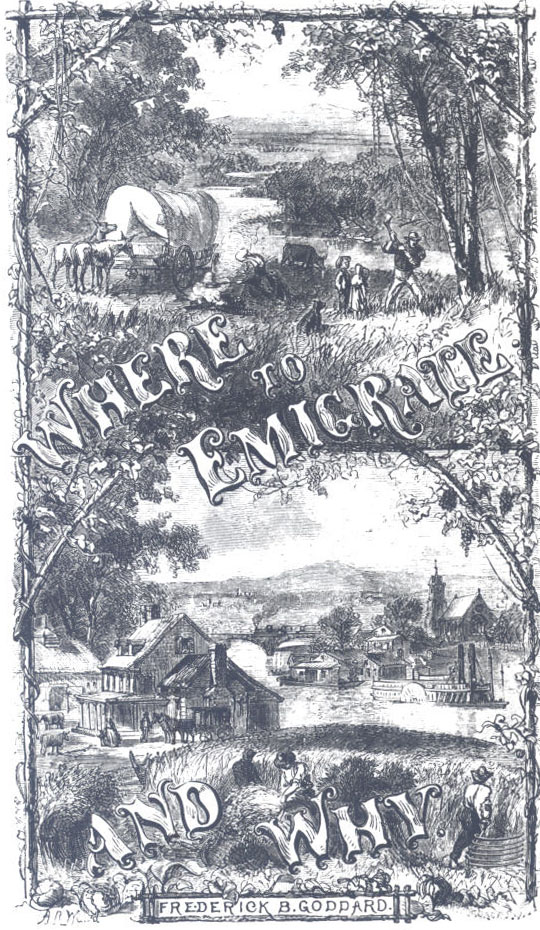The National Historic Oregon Trail Interpretive Center is located five miles east of Baker City, along a stretch of ruts left by the wagons of Oregon Trail emigrants. The 509-acre site sits atop Flagstaff Hill (the namesake of the Flagstaff gold mine located beneath the hill) and overlooks the route of the Oregon Trail south across Virtue Flat and north crossing the Baker Valley.
Permanent and temporary exhibits in a 23,000-square-foot building explore the experience and legacy of the westward migration to Oregon in the mid-1800s. The exhibits tell the stories of the Indigenous people who lived along the route; the fur traders, explorers, and missionaries who established the route; and the settlers and miners who established communities in Oregon. The Interpretive Center also uses living history and interpretive demonstrations to tell the story of the westward trek to Oregon.
Open year-round, the Interpretive Center includes the 150-seat Leo Adler Theater, an outdoor living history wagon encampment, an amphitheater, and a gold stamp mill from the Rabbit Mine. A 4.2-mile interpretive trail leads visitors to several viewpoints on the sagebrush high desert landscape and to the one-mile stretch of ruts carved by pioneer wagons. A marker placed by Ezra Meeker in 1906 is located on the site.
The Interpretive Center opened in 1992 through a highly effective partnership of local, state, and federal government agencies, nonprofit organizations, and local residents. The project began in 1987 as a discussion among community leaders in Baker City who wanted to establish a tourism industry in what was a depressed natural resource-based regional economy. They formed the nonprofit Oregon Trail Preservation Trust, developed the project, and forged a partnership with the U.S. Bureau of Land Management to build a major visitor facility on public land. Within just five years, the nationally significant heritage site opened in time to participate in the Oregon Trail Sesquicentennial Celebration of 1993.
In the first seventeen years of operation, the National Historic Oregon Trail Interpretive Center hosted 2 million visitors from around the world. It continues to offer interpretive lectures, living history dramas, events and re-enactments, educational programming for school groups, workshops, and special exhibits. A long-running cooperative agreement between the Bureau of Land Management and Trail Tenders, a volunteer organization, operates and maintains the facility and continues the mission of preserving the heritage of the Oregon Trail. The site is part of the National Landscape Conservation System. The National Historic Oregon Trail Interpretive Center closed in 2022 for renovations. A temporary exhibit is housed at Baker Heritage Museum in Baker City.
-
![]()
Entrance to the National Historic Oregon Trail Interpretive Center.
Courtesy Bureau of Land Management Oregon and Washington
-
![]()
Exhibit at the National Historic Oregon Trail Interpretive Center.
Courtesy Bureau of Land Management Oregon and Washington
-
![]()
NHOTIC Visitors at Window, 2011.
Courtesy Bureau of Land Management Oregon and Washington
-
![]()
Wagon Encampment and Re-enactment Staff and Volunteers, 2014.
Courtesy Bureau of Land Management Oregon and Washington
-
![]()
Amphitheater, 2012.
Courtesy Bureau of Land Management Oregon and Washington
-
![]()
Replica Gold Mine, 2012.
Courtesy Bureau of Land Management Oregon and Washington
Related Entries
-
![Baker City]()
Baker City
The skyline of Baker City, at an elevation of 3,440, is dominated by tw…
-
![Baker City Chinatown]()
Baker City Chinatown
For over seven decades, Baker City had an area referred to as Chinatown…
-
![Oregon Trail]()
Oregon Trail
Introduction In popular culture, the Oregon Trail is perhaps the most …
Related Historical Records
Map This on the Oregon History WayFinder
The Oregon History Wayfinder is an interactive map that identifies significant places, people, and events in Oregon history.
Further Reading
U.S Department of the Interior, Bureau of Land Management. "Oregon Trail Interpretive Center."











